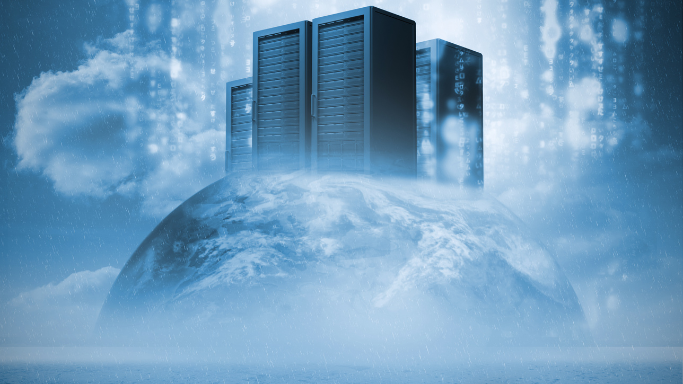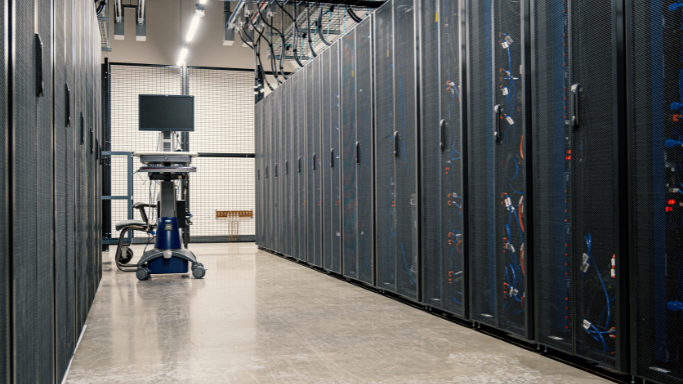Edge Computing vs. Cloud: The Evolving Role of Data Centers
Article
As digital transformation accelerates, businesses are increasingly relying on cloud computing and edge computing to manage and process data. While both technologies play a crucial role in modern IT infrastructure, they serve different purposes and impact data centers in distinct ways. Understanding their differences and how they complement each other is essential for optimizing performance, efficiency, and scalability.
1. What is Cloud Computing?
Cloud computing provides centralized data storage and processing through remote servers hosted by providers like Amazon Web Services (AWS), Microsoft Azure, and Google Cloud. These large-scale data centers enable businesses to store and process massive amounts of data efficiently, reducing the need for on-premises infrastructure. Cloud computing offers scalability, cost savings, and accessibility, making it ideal for businesses of all sizes.
2. What is Edge Computing?
Edge computing decentralizes data processing by bringing it closer to the source of data generation. Instead of sending data to a centralized cloud, edge devices and local servers process information near end users. This reduces latency, enhances real-time processing, and improves performance for applications such as autonomous vehicles, IoT devices, and smart cities.
3. Key Differences Between Edge and Cloud Computing
- Latency & Speed: Edge computing minimizes delays by processing data closer to the user, whereas cloud computing may introduce latency due to data transmission over long distances.
- Scalability: Cloud computing offers virtually unlimited scalability, while edge computing is more localized and limited to specific regions or devices.
- Security & Privacy: Edge computing can enhance security by keeping sensitive data closer to its source, whereas cloud computing centralizes data storage, requiring robust cybersecurity measures.
- Cost Efficiency: Cloud computing follows a pay-as-you-go model, making it cost-effective for large-scale applications. Edge computing can reduce bandwidth costs by minimizing data transfers but requires additional infrastructure investment.
4. How Data Centers Are Evolving
Data centers are adapting to support both cloud and edge computing, leading to hybrid infrastructures. Companies are deploying smaller, distributed data hubs to facilitate edge computing while maintaining large cloud data centers for extensive data storage and analytics. This hybrid approach ensures a balance between speed, efficiency, and scalability.
5. Use Cases for Edge and Cloud Computing
- Cloud Computing Applications: Big data analytics, enterprise resource planning (ERP), video streaming services, and remote collaboration tools.
- Edge Computing Applications: Real-time monitoring in healthcare, autonomous vehicles, smart manufacturing, and AI-powered surveillance.
6. The Future of Data Centers
As 5G technology expands, edge computing will become more prevalent, enabling ultra-fast data processing for real-time applications. Meanwhile, cloud computing will continue to be the foundation for large-scale data storage and analytics. The combination of both will define the next generation of digital infrastructure, making data centers more dynamic, efficient, and capable of handling emerging technologies.
Conclusion
Edge computing and cloud computing are reshaping data centers, each serving unique yet complementary roles. While cloud computing remains essential for large-scale data management, edge computing is gaining traction for real-time, localized processing. Businesses that adopt a hybrid approach will be best positioned to leverage the advantages of both, ensuring optimal performance and efficiency in the evolving digital landscape.


